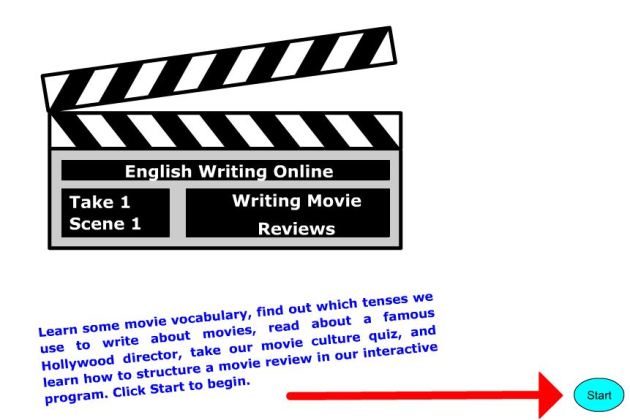
Using information on this post we will write a collaborative book of biographies of English-speaking people that made a difference in our world.
You can visit he following websites:
Activity 2: Now using the information you have researched write a biography in your Google Drive document (200-250 words), and share the file with your teacher (iesaebilingual@gmail.com). Use the tool of the spell-checker.
Activity 3: Create a note like the one created by your English teacher explaining the reason why the famous person you wrote about made a difference in the world. Include an image or a video and a quote. You can also include the link to a website with more information about your character.
Oral presentation: Next Monday in class you will present orally all your notes.

































